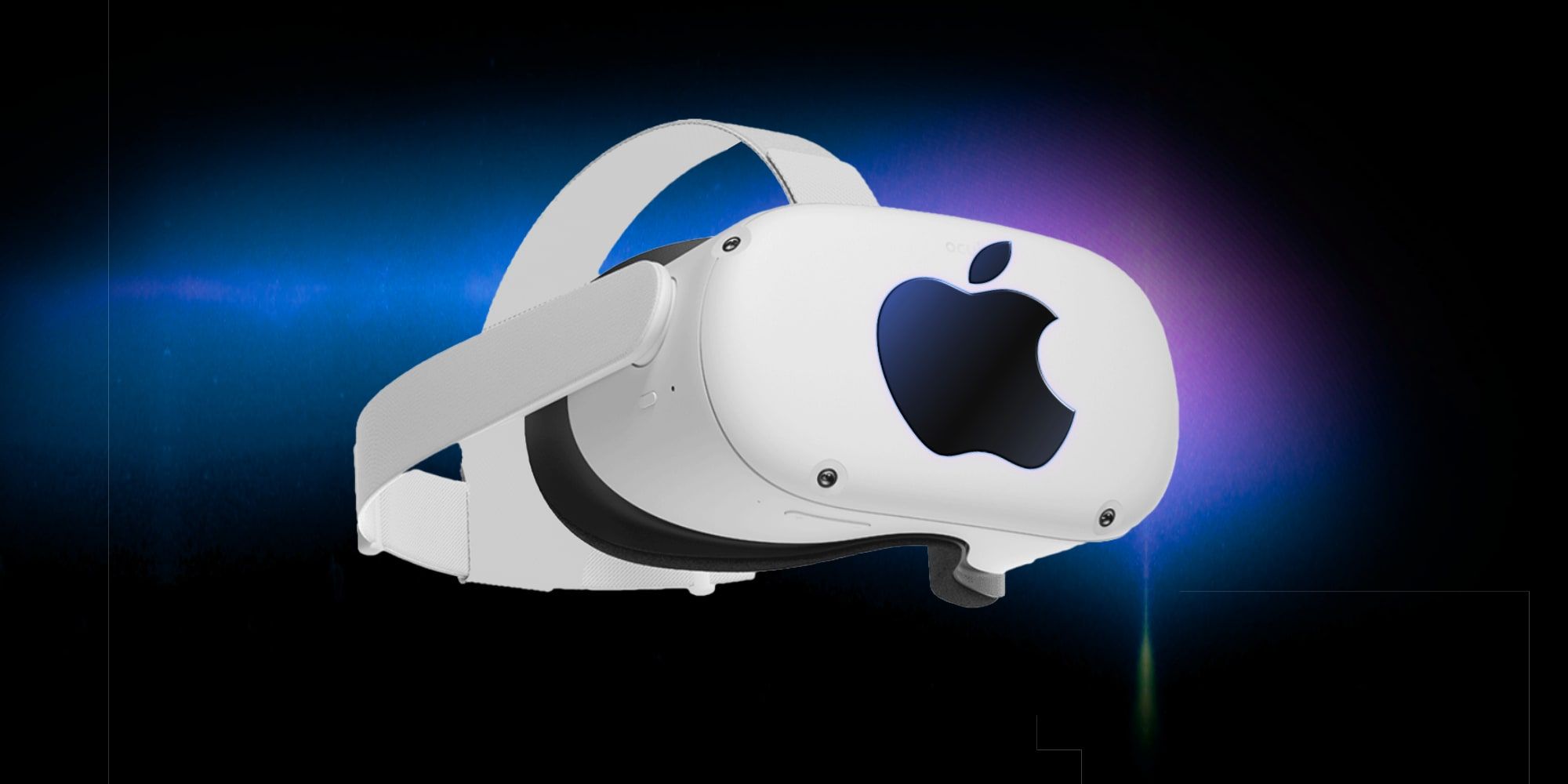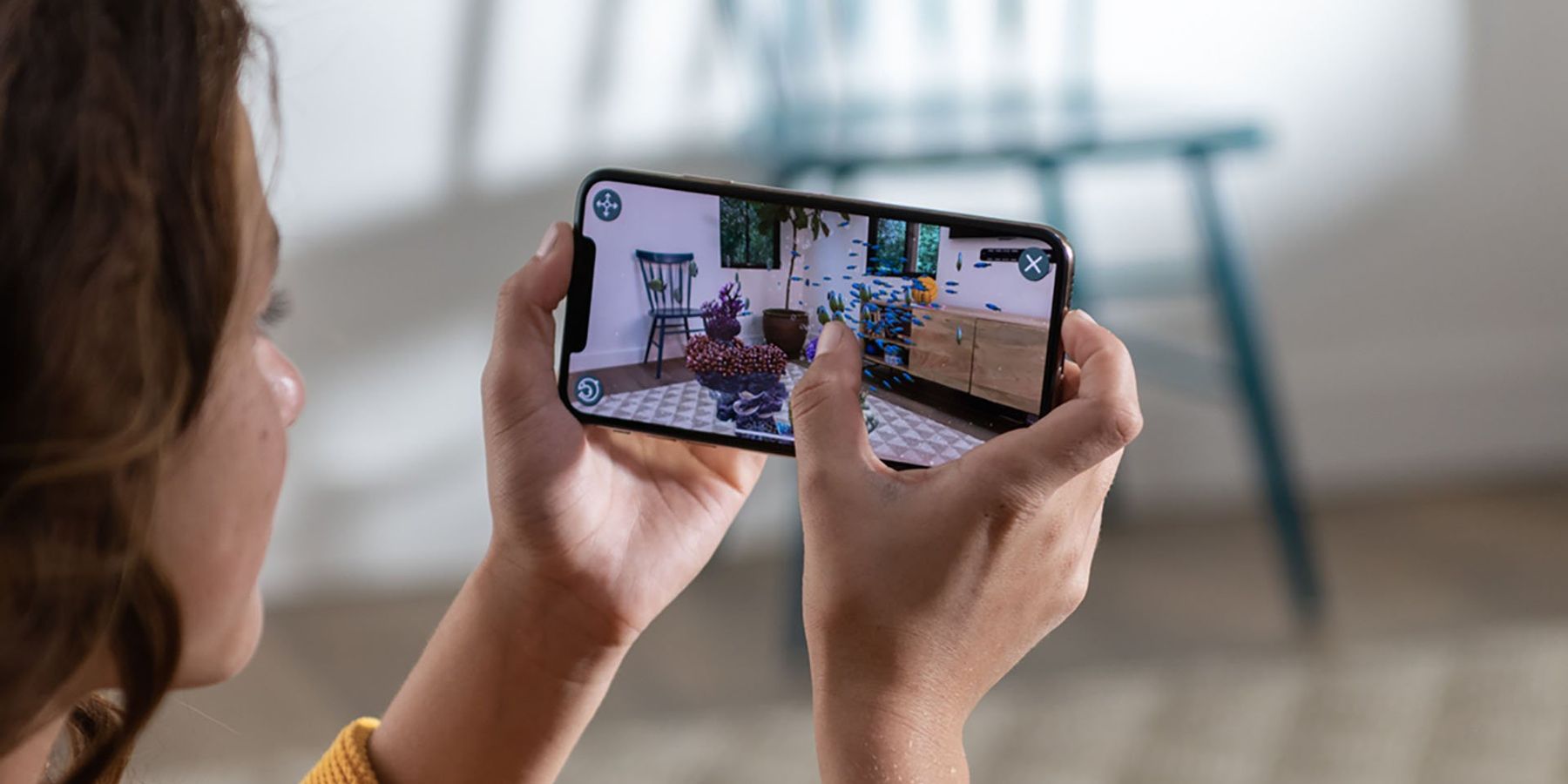A new report suggests Apple may be working on a high-end virtual reality (VR) headset. This is not the rumored Apple Glass that is based on augmented reality (AR) technology, but something closer to an Oculus headset that fully obscures vision of the outside world.
The first head-mounted displays were made for the military for use in flight simulators but by the 1990s VR had made its way to the public with dedicated multiplayer VR systems appearing at gaming arcades around the world. There were a few VR systems that connected to PCs and were sold for home use but they had limited content, were very low-resolution, and relatively high cost, stalling VR headset development for a few years. In 2012, Oculus launched its Rift headset, reigniting the interest in immersive gaming. Google, Samsung, Facebook, and HTC all subsequently began to take an interest. Facebook bought Oculus, HTC made its own headset, and Google launched the most affordable solution ever, called Cardboard, because that was literally the material it was made of.
Apple began quietly researching VR as well but seemed to feel there was much more value in AR. However, a recent report from Bloomberg suggests that perhaps Apple didn’t discard VR after all. It cites unnamed sources as having said that Apple may be making a high-end VR headset that will be far more expensive than competitor’s offerings. Apple’s solution is rumored to be stand-alone, meaning no computer is required for operation, but to offer incredible performance. For tethered systems, Valve’s Index VR system costs $999 and doesn’t include the gaming PC that is required, while the stand-alone Oculus Quest 2 costs just $299. If Apple is targeting much higher pricing than standalone competitors, that could still be well under $1,000. However, if it intends to compete against tethered systems, the price may exceed many of its Mac computers. According to the Bloomberg report, Apple’s VR headset, with a codename of N301, includes fans to cool processors that post benchmark scores that beat its latest M1 chip that is used in the new MacBook laptops and Mac mini. If the product comes to market, it may release in 2022 with a price well over $1,000, placing it out of reach of many. This begs the question of why Apple would pursue such a product.
Apple VR Or AR?
Apple’s CEO Tim Cook has stated many times that the future is AR and it has been focusing on ARKit, its programming interface that makes it easy for developers to include AR content in apps and games made for the iPhone and iPad. The addition of LiDAR scanners to the 2020 iPhone 12 Pro and iPad Pro models is to support AR development as well. The Bloomberg article mentions that an AR headset is also planned and the released date is expected to be 2023. This project is said to be at an early stage, simply working on underlying tech, but does have a code name assigned to it, N421. While AR hasn’t exploded in popularity, it is becoming quite common to see AR features in various apps. VR, by comparison, is almost entirely focused on gaming in the consumer market. VR entertainment and live events are growing, but slowly. Of course, VR does have applications in science and remote work, while 3D modeling and art are possible too. Apple does seem correct in its assessment that AR will be more useful and pervasive eventually. Apple Glass, the rumored AR headset seems much more likely as an Apple product, but perhaps an Apple-designed VR headset would break new ground.
With a super-powerful processor and such a focus on performance that placing fans on a head-mounted display seems reasonable, Apple may not be targeting gaming with its rumored VR headset. This might be built for 3D modeling, architecture, science, remote presence, and new forms of art applications that demand the best and eliminate most of the concerns of affordability. Microsoft’s HoloLens 2 retails for $3,500 and, while it is an AR system, it has successfully pitched its headset for corporate and science uses. With a LiDAR-based 3D scan, a real-world environment can be placed in VR, eliminating some of the hurdles with display technology that have pushed ideal AR headset solutions at least a few years into the future. Magic Leap was overhyped and disappointed most. The first HoloLens also had a quite limited field of view. The second version is better, but still half as wide as a VR headset. While an AR headset is certainly the end goal for Apple, perhaps a VR headset will move it closer to that goal and be a stepping stone that provides real-world experience with more diverse user feedback than can be collected in the lab.
Source: Bloomberg


